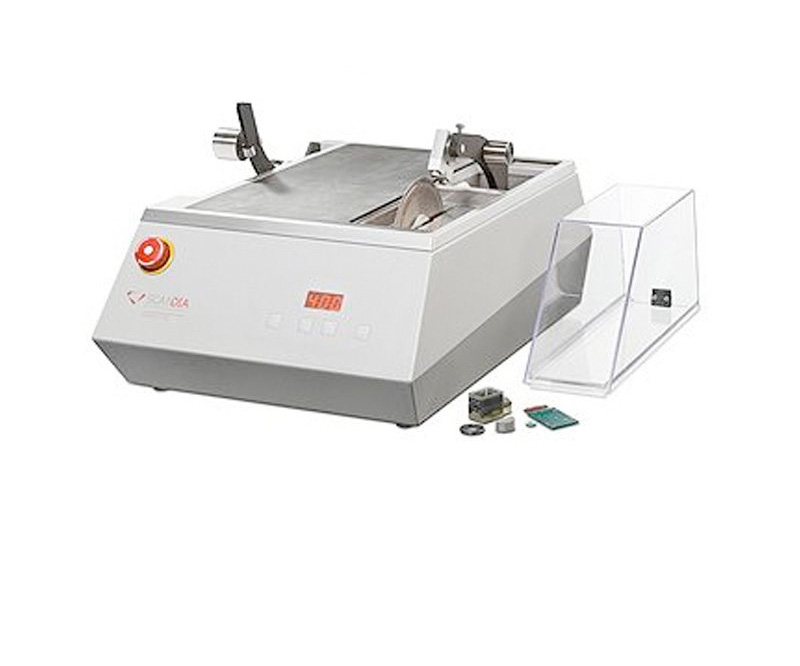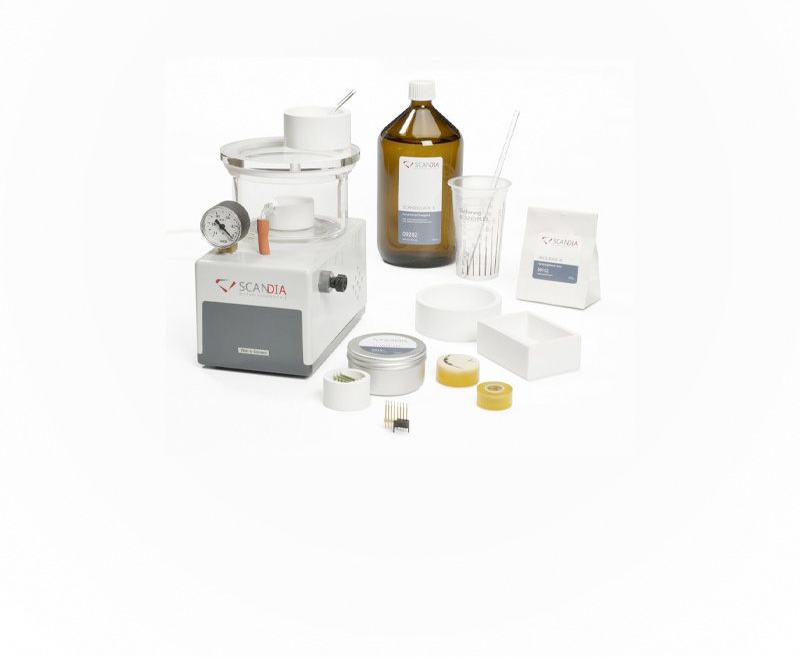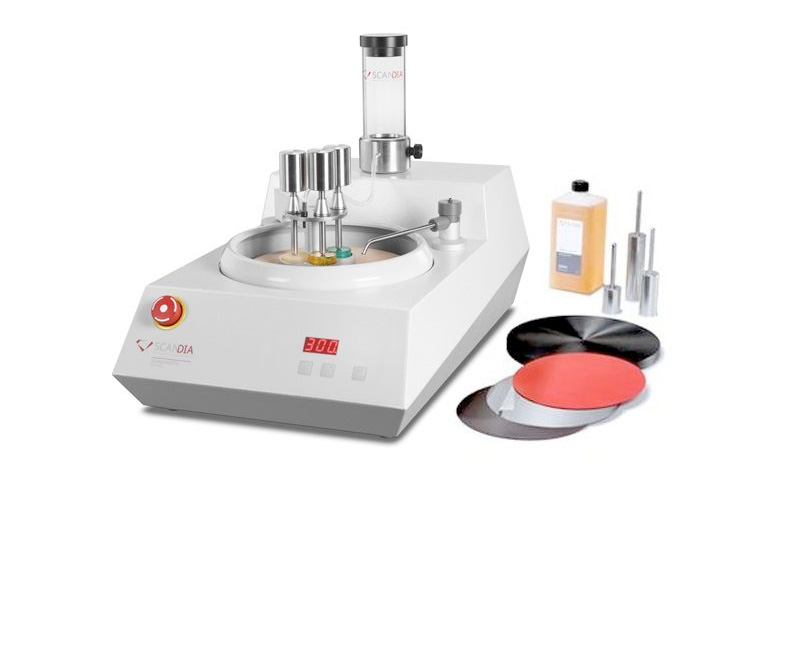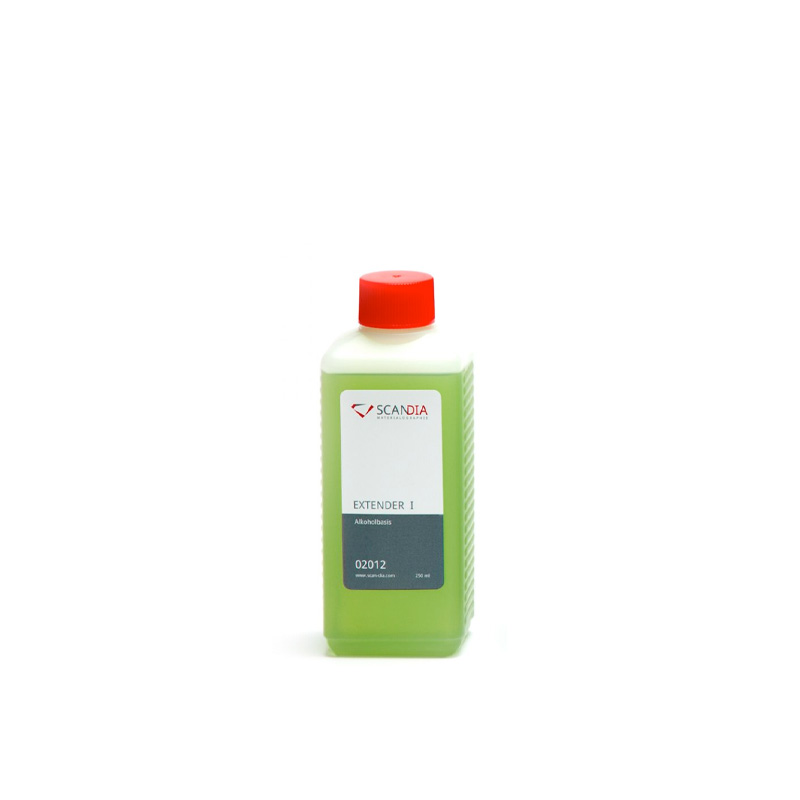Prices are hidden for your customer group
Available in 10 days, delivery time 1-3 days
Effective Polishing in Metallography: The Role of EXTENDER I
In metallography, the preparation of sample surfaces is of paramount importance, and a key aspect of this process is polishing, where the choice of the right lubricant plays a crucial role. EXTENDER I has proven itself as a professional lubricant capable of meeting all the requirements of metallographic practices. EXTENDER I is an alcohol-based lubricant developed to effectively keep diamond polishing cloths moist. What sets it apart from other products is its suitability for harder materials, a critical consideration as samples in metallography often exhibit a wide range of hardness. The ability of EXTENDER I to ensure effective lubrication, even with harder materials, makes it a versatile and indispensable tool in the preparation process. When polishing with EXTENDER I, specific working conditions should be considered to achieve optimal results. Here are some key factors: Maintaining a uniform and adequate moisture supply on the diamond polishing cloth is crucial. This ensures effective lubrication and prevents overheating or drying of the cloth. EXTENDER I should be carefully dosed to avoid overwetting or under-supply. The right amount of lubricant ensures effective lubrication without excessive consumption. During the polishing process, attention should be paid to prevent the lubricant from drying too quickly. This can lead to uneven results and scratches on the sample surface. Work surfaces and equipment should be thoroughly cleaned to prevent sample contamination and ensure the quality of the preparation. In summary, polishing with EXTENDER I offers a range of advantages, including effective alcohol-based lubrication for harder materials, ensuring consistent quality, and the ability to adapt to various material requirements. Overall, EXTENDER I plays a vital role in the preparation of sample surfaces in metallography, especially for harder materials. Adhering to specific working conditions ensures optimal results and efficient sample preparation, contributing to quality assurance and reliable outcomes in metallography.




